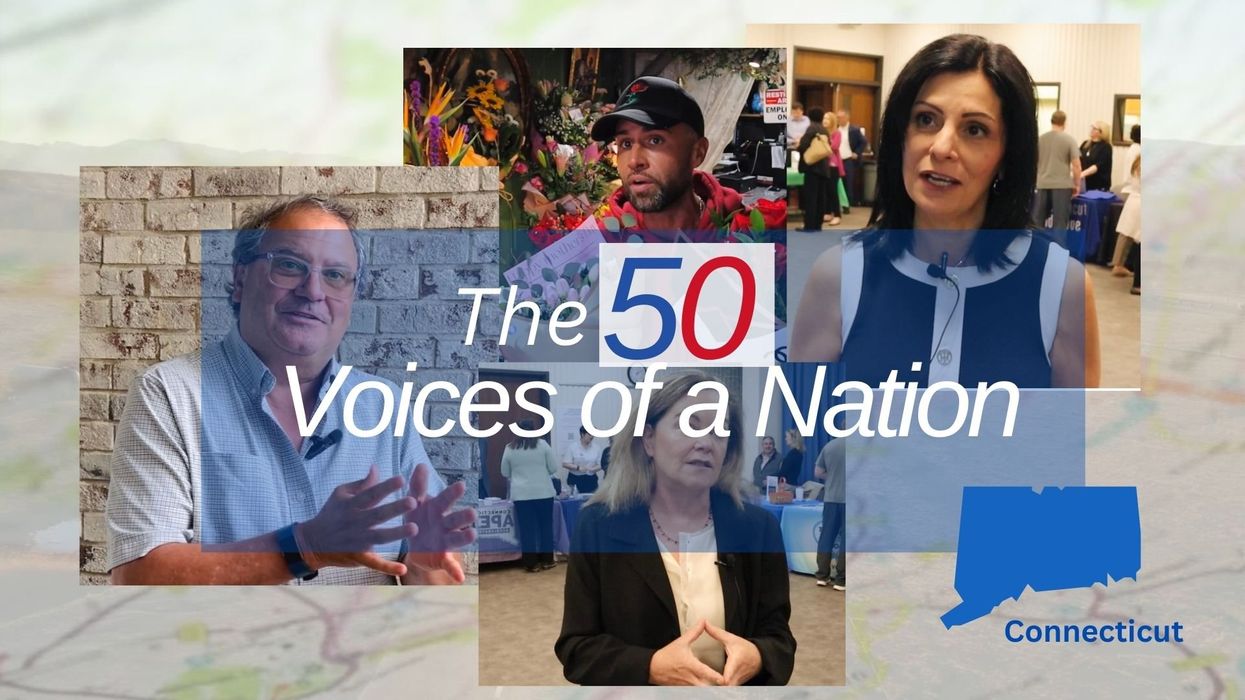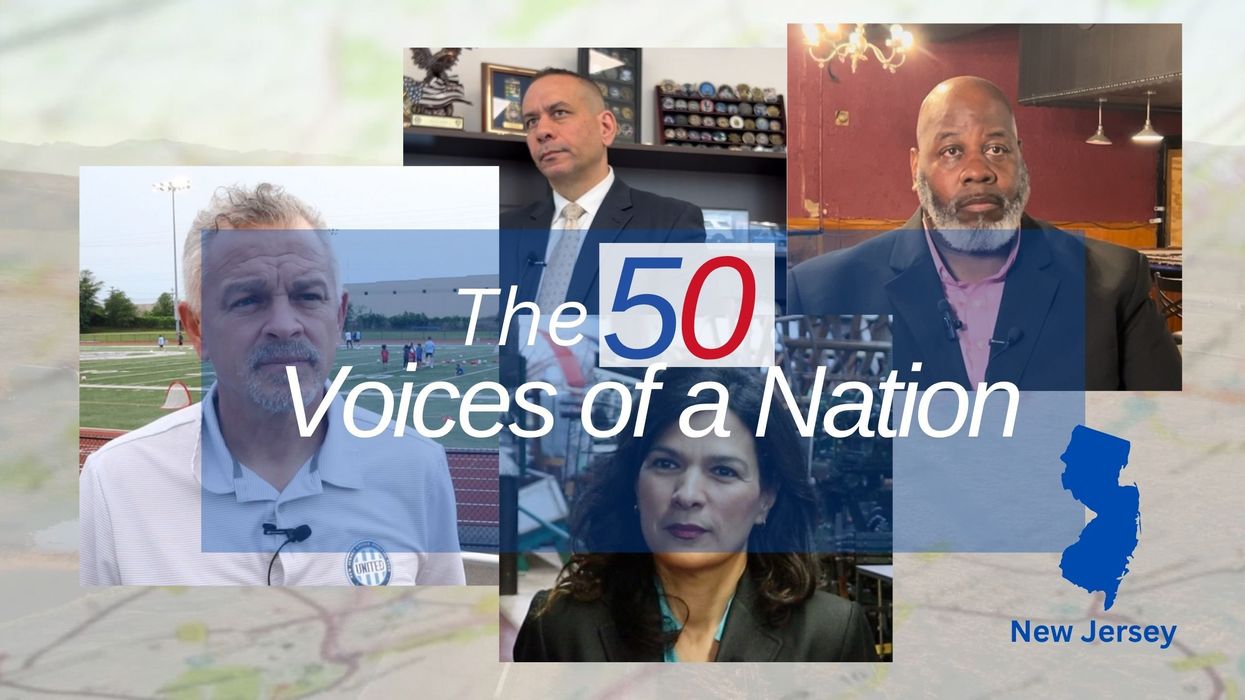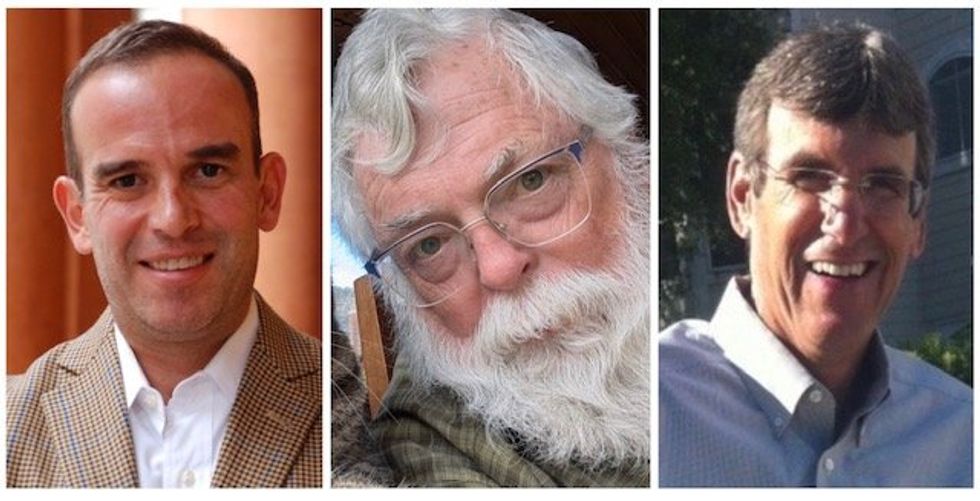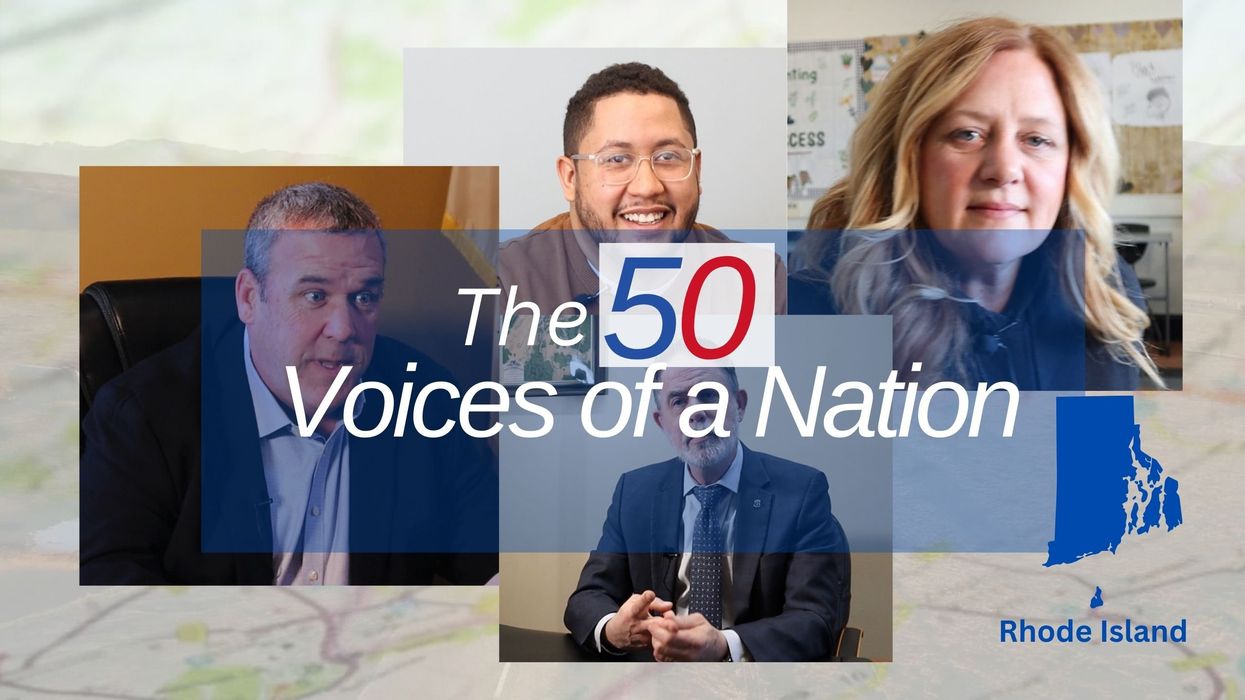Page is an American journalist, syndicated columnist and senior member of the Chicago Tribune editorial board.
Sometimes amid the hoopla and hogwash of political events, I find myself jerked alert by an accidental truth that manages to break through.
Such appeared to be the case when Sen. J.D. Vance, the Republican nominee for vice president, urged Democrats to “tone down their rhetoric,” while not doing much to tone down his own.
In a live interview with CNN’s Dana Bash, Vance was trying to justify spreading what, even in polite terms, can only be called lies about Haitians eating pets in Springfield, Ohio.
“If I have to create stories so that the American media actually pays attention to the suffering of the American people, then that’s what I’m going to do.”
Vance offered no names or other details about these unnamed witnesses or their accounts.
Instead, state and local officials denied the “first-hand accounts,” which are better described as debunked rumors.
What else do you call an alarming statement without witnesses or other tangible facts to back it up?
Defending the statement, Vance offered that, “It comes from first-hand accounts of my constituents.”
The lies really began to fly after former President Donald Trump stoked debunked rumors during his debate with Vice President Kamala Harris, his Democratic opponent. Trump declared that migrants were hunting and eating their neighbors’ dogs and cats in Springfield, an industrial town of about 60,000 an hour drive west of the state capital, Columbus.
Soon right-wing social media personalities were descending on the town to question wary local residents about the veracity of the claims. Bomb threats were made against local schools and other public buildings, causing many parents to keep their children at home.
Investigations led to a local resident Erika Lee, who had posted a fateful note on Facebook for which she has since apologized, according to the New York Times.
She had heard that a neighbor’s cat had gone missing, she told the Times, and she posted on Facebook a rumor that a Haitian neighbor may have kidnapped it. Yet when she later went back to check the story with her neighbor, she learned that the cat in question hadn’t been missing after all.
“And at that point, we are playing the game of telephone,” Lee told the Times.
Rumors of pet killing and eating turns out to have a long history as a slander against immigrants and other minority populations, especially in places where they can be singled out as posing a threat to local jobs and ethnic communities.
Republican Gov. Mike DeWine, who still supports Trump and Vance, said in an open letter to the New York Times: “I am saddened by how they and others continue to repeat claims that lack evidence and disparage the legal migrants living in Springfield….
“The Springfield I know is not the one you hear about in social media rumors. It is a city made up of good, decent, welcoming people. They are hard workers — both those who were born in this country and those who settled here because, back in their birthplace, Haiti, innocent people can be killed just for cheering on the wrong team in a soccer match.”
As a former Ohioan, born in Dayton and raised in Middletown, which later became Vance’s hometown, I sympathize with DeWine and others who have been working diligently against some negative economic and social changes since the heyday of the state’s industrial growth a half-century ago.
Ironically, the latest round of migrants are legally present in the country and came, mostly from Haiti, in response to active outreach efforts to relieve a local worker shortage in an industrial area that was a lot more robust when I was growing up there.
Vance surely knows that as well as I do. So does Trump, if he’s paying attention. But the drive to win votes in a tight election drives people to, let us say, exaggerate a bit.
“If I have to create stories so that the American media actually pays attention to the suffering of the American people then that’s what I’m going to do.”
My fellow former Middletonian urged Democrats to tone down their rhetoric. He should do something similar with his own. So should the former president.




















 From left to right: Gabriel Cardona-Fox, Bud Branch, Joe Concienne
From left to right: Gabriel Cardona-Fox, Bud Branch, Joe Concienne 